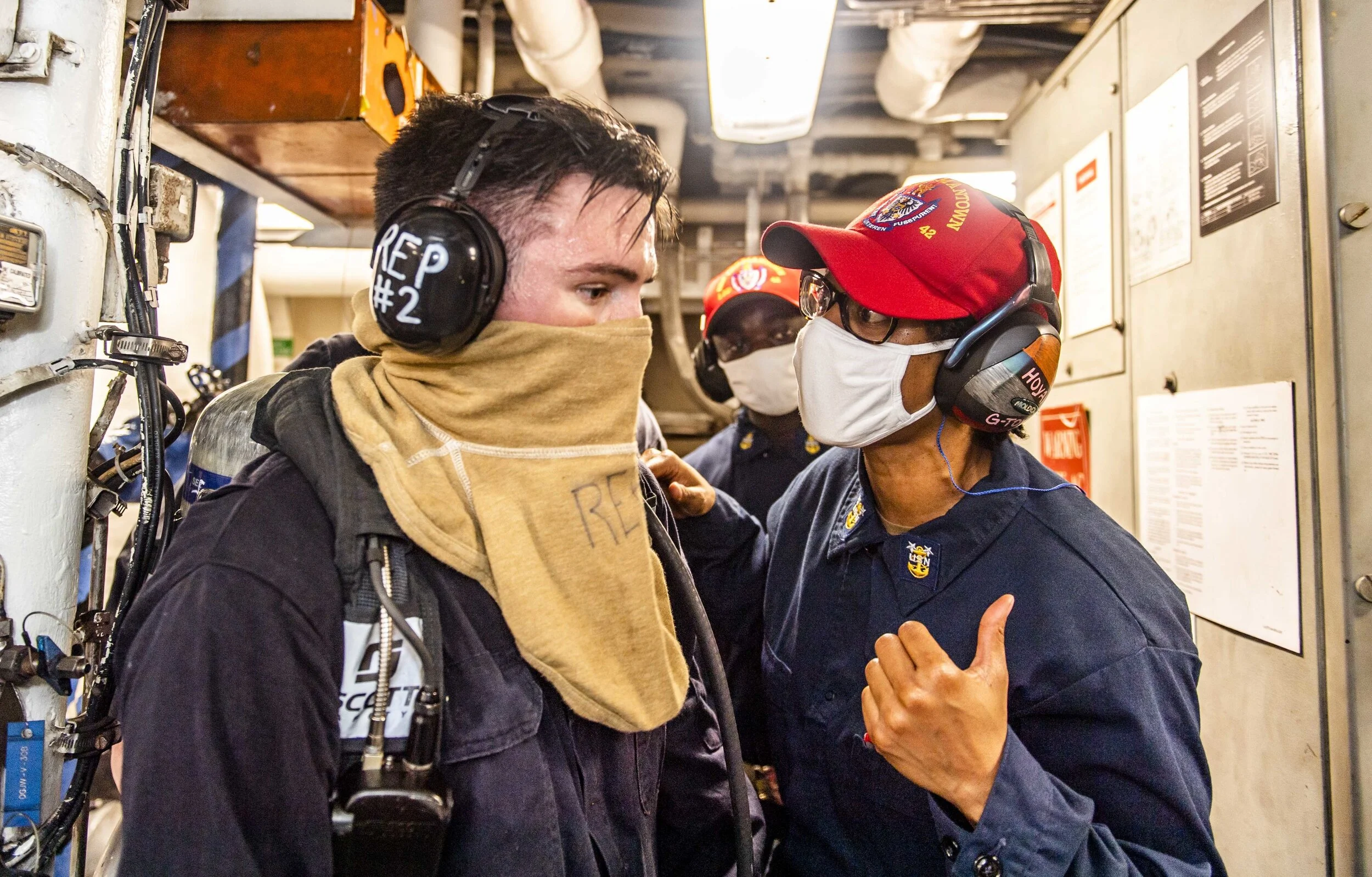Only send email to recipients that need to know the content. The Addressees of your email message should only be the people who will be truly grateful for receiving it. Use the Cc: field of email sparingly. NEVER automatically “reply to all.”
Hi.
Welcome to my website. This is where I write about what interests me. Enjoy your visit!




















